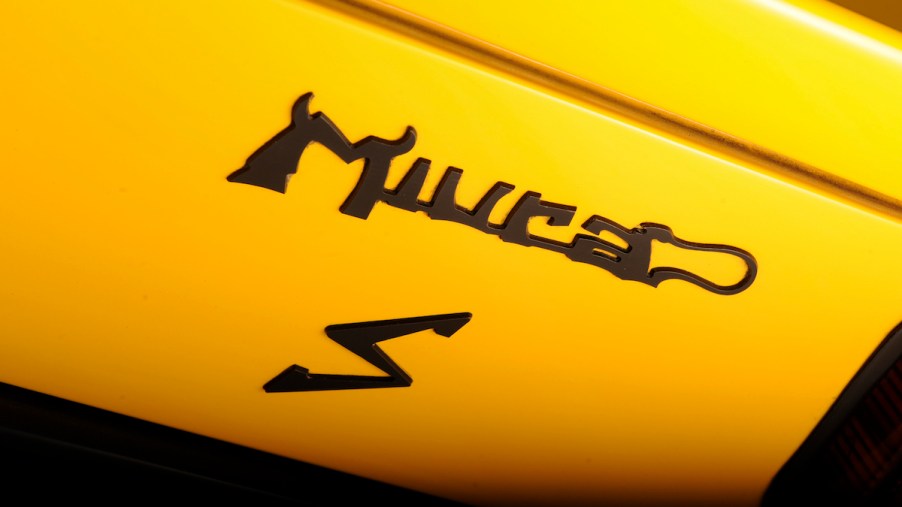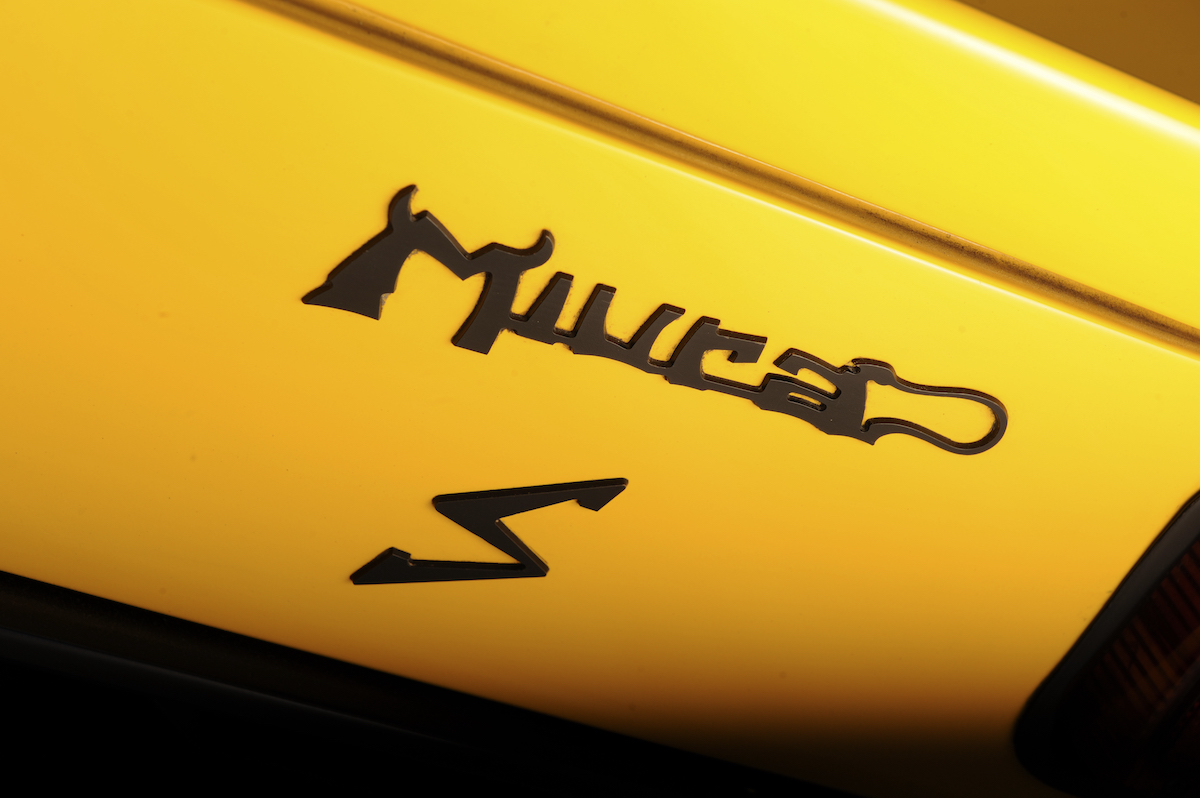
What Is a Lamborghini Miura, and What Is So Special About It?
Next to Ferrari, Lamborghini is one of the best-known producers of Italian sports cars. Its most prominent supercar currently in production is the Huracán, packing a screaming V10 harnessing 631 hp. Lamborghini has made several other iconic models, but many, including the Miura, are tragically extinct.
However, that doesn’t mean we can’t appreciate these defunct Lambos. Many enthusiasts regard the Miura as the world’s first supercar and the best classic car. Here’s a look at the Miura’s rich history to see what makes this model unforgettable.
A look back at the Lamborghini Miura

The Italian carmaker’s founder, Ferruccio Lamborghini, was not the best driver. He frequently damaged his Ferraris after repeated use, so he decided to build something better, SlashGear reports. He wanted to make a mid-engine supercar he could also use for daily driving. So he gathered a team of engineers to build the engine and partnered with the coach-building legend Nuccio Bertone to create the body.
Released in 1966, the Lamborghini Miura P400 was the vehicle’s first incarnation. Packing a 3.9-liter V12, it made 350 hp and 300 lb-ft of torque. During its three-year production run, Lamborghini made only 275 examples.
Midway through the P400’s run, the automaker released the Miura P400 S. It was slightly more potent with 370 hp, lending it a faster acceleration time. It also boasted more desirable luxury features and was in greater supply, with 338 available examples.
The model’s final three years saw the release of the Miura SV. This version got a new chassis but saw its power bumped back down to 350 hp. Designers also gave the body a wider stance. Unfortunately, Lamborghini produced only 150 examples because of lackluster sales and the ’70s oil crisis. A year later, the carmaker replaced the Miura with the Countach.
What makes the Lamborghini Miura so special?
Even before you know how much power it makes, the Lamborghini Miura stands out for its stylish body. According to The Drive, Marcello Gandini was responsible for the Miura’s design. It was the first car he ever designed by himself, though he had worked for many years on Bertone’s development team.
The Miura also broke many world records. Boasting a 0–60-mph time near six seconds and a top speed of 163 mph, the P400 was the fastest car of the 1960s. By its final production year, the Miura SV’s top speed reached 174 mph.
In addition, Lamborghini built several special editions, many of which were limited to only one example. The Miura Roadster debuted in 1968, featuring the same specs as the P400. However, the roadster also had a large rear spoiler and exaggerated air intakes integrated into a rear roll-over hood.
The most potent version of the 3.9-liter V12 belongs to the Miura SVG, P400 Jota, and SVJ Spider. In all of these models, the engine produces 440 hp and 296 lb-ft of torque. Its 0–60 acceleration time is a blistering 3.6 seconds.
Lamborghini built the P400 Jota strictly as a test car for the renowned automotive engineer Bob Wallace. The talented test driver also helped develop the Miura. And the automaker actually released the Miura SVJ Spider outside of the car’s production run for display at auto conventions. It sported wide wheels and a large rear wing, the latter of which was removed by its first owner.
What does ‘Miura’ mean?
As you might guess from the car company’s logo, Lamborghini names many of its cars after bulls. “Miura” is the name of one of the fiercest bullfighting breeds, Road & Track reports. Given the Lamborghini Miura’s power and established fame, we’d say this vehicle is well-deserving of the moniker.


